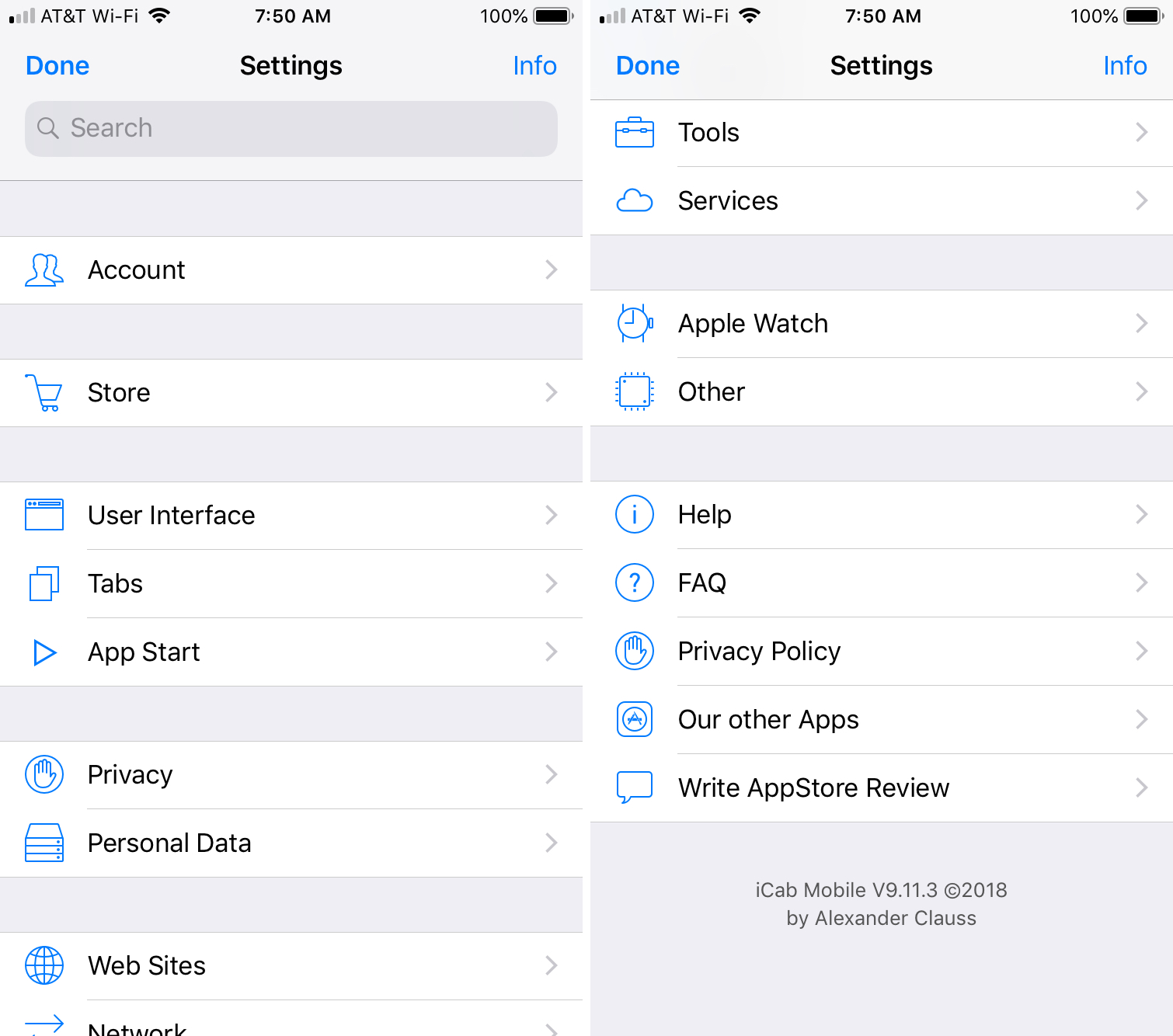

202 8000 icab web windows#
It is now possible to have a sidebar in browser windows (via „View“ menu or via button in the browser toolbar).Tab Groups can be managed via new „Tabs“ menu and via sidebar. Open tab groups will automatically remember all the changes within the group (like links which were opened, tabs opened or closed etc), so when re-opening a group, their latest state will be restored. Tab Groups can be used to save all the Tabs of a window as a unit (group) so the groups can be re-opened later again easily again.The release notes: -> New Feature: Tab Groups This is a reason to think carefully about the sequence and make sure that the LINKs appear in a logical order with the most important ones first.V6.2 is out. (Keith Instone points out that iCab lists LINK tags in the sequence in which they appear in the page HEAD. With structure navigation standardized in the browser, users will be less lost in the future and the Web pages themselves can focus more on content. In other words, the user interface is being liberated from the narrowing confines of single-page viewing and moved into the more appropriate direction of navigation support. There is now a standardized way for users to get to higher levels of the information architecture and to pages that have specific relationships to the current page. The great breakthrough in the iCab link menu and navigation buttons is the introduction of structural navigation to Web browsing. The small buttons above the link menu are used for structural navigation, so users have one-click access to the most important related pages, making the issue of named menu items less critical. Of course, I try to use good link names, but many Web authors pay less attention to micro-content, so users may need to have the links explained. For example, it would have been better to explicitly state that the link I named "List of all Alertbox columns" is the parent (i.e., one level up in the information architecture). Also, I would have preferred a design that used the REL (relation) attribute in the LINK tag to name the structural links.
202 8000 icab web code#
I would have preferred a design that didn't show the style sheet, since no normal user will want to view the CSS code that defines the presentation of the page. Sibling pages: the previous and next column in the chronological sequence of Alertbox columns.The parent page to the current page (the list of all Alertboxes).The home page for the current website (useit).The pop-up menu allows the user to navigate directly to pages that are related to the current page: The following screen shot shows an example of such links from one of my Alertbox columns.

ICab uses the LINK tags from the page headers to provide additional navigation links to the users. But much remains, so it's good to have alternative designs of Web browsers that do not come from the Mosaic tradition. For example, version 5 finally introduces the ability to bookmark frames - "only" three and a half years after this abomination was inflicted on the unsuspecting public. To give Microsoft credit where it's due, Internet Explorer is improving with every release. It is nice to see some competition to Internet Explorer: the Europeans have not given up innovating in Internet software, as also indicated by the Norwegian Opera browser for Windows. ICab is a new Macintosh browser from Germany that introduces some interesting features to help users navigate the structure of a website.


 0 kommentar(er)
0 kommentar(er)
